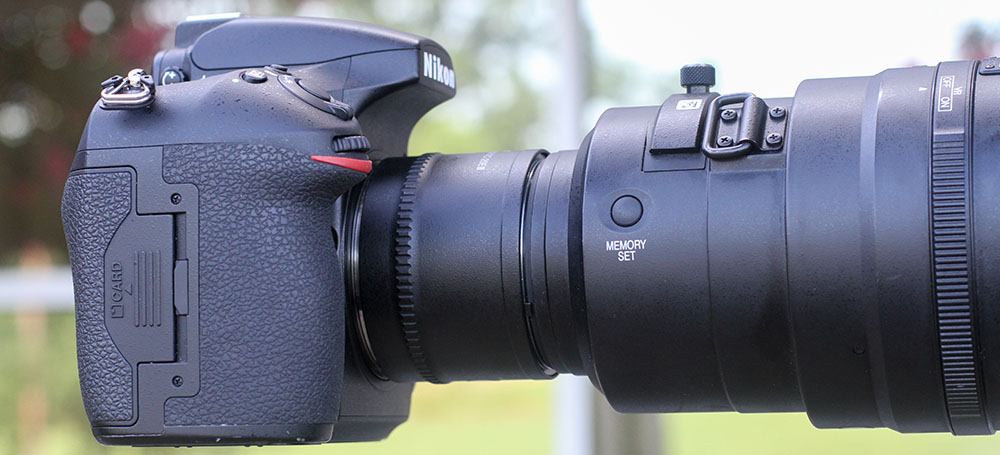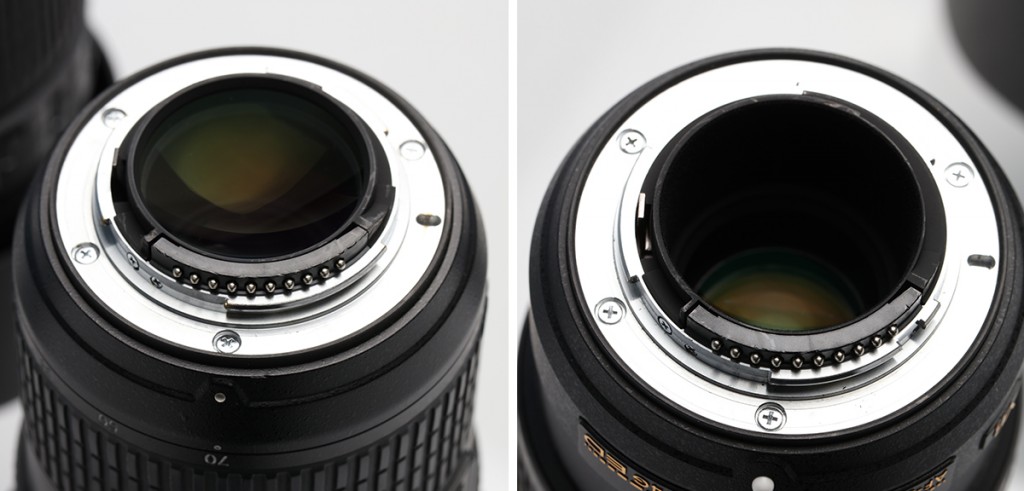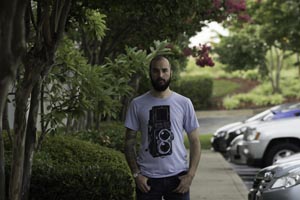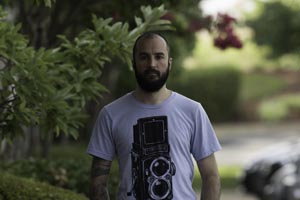Equipment
A Quick Guide to Teleconverters
Teleconverter use and compatibility can easily get confusing. I’d like to shed some light on the subject for those looking to get more length out of their lenses without the extra weight or cost.
Teleconverters can add versatility to your camera bag by giving you extra length and a variety of looks out of lenses you already own. It can also mean a much lighter load to carry through a wildlife excursion or golf tournament.

- Nikon 2x Teleconverter Mounted Between Lens and Camera
What is a teleconverter?
A teleconverter, sometimes referred to as an extender, is a magnifying lens that mounts between a camera and a standard lens to increase the effective focal length.
How does it work?
The teleconverter multiplies the focal length of the lens. For example if you have a 300mm lens and you use a 2x teleconverter you have an effective focal length of 600mm (2 x 300= 600).
It will also reduce the f stop of the lens by the same number, meaning a 2x teleconverter will reduce the aperture by 2 stops. A 300mm f/2.8 lens with the 2x TC becomes a 600mm f/5.6 (f/2.8- 2 f stops = f/5.6). If you were using a 1.4x teleconverter you would only lose 1 stop of light (f/2.8- 1 fstop= f/4).
Here is a visual representation of the effect a teleconverter has on focal length.
Nikon 300mm Nikon 300mm + 1.4x TC III (420mm)
Nikon 300mm+ 1.7x TC II (510mm) Nikon 300mm+ 2x TC III (600mm)
Nikon 600mm Nikon 600mm + 2x TCIII (1200mm)
Below (left) you can see a 100% crop of the Nikon 300mm + 2x TCIII = 600mm and (right) Nikon 600mm. It’s apparent that there is not a big difference in quality; If you really strain your eye you can see a few more details without the use of the teleconverter. Results will vary of course as these images were taken with some of the best equipment available. In general when using any type of adapter between your camera and lens you can expect a level of image degradation.
 Nikon 300mm + 2x TCIII Nikon 600mm
Nikon 300mm + 2x TCIII Nikon 600mm
Compatibility
Lets talk about compatibility. Not all cameras and lenses can use teleconverters. The first things to look at on lenses are the maximum aperture and the rear element. The maximum aperture is the f stop printed on your lens barrel indicating the widest your aperture blades will open. If it says f/2.8 you are in the clear. If the number is higher keep reading for compatibility options.
The rear element will also indicate if you can add a teleconverter. Your lens must have a recessed rear element as pictured on the right. If the glass is flush with the mount there is nowhere for the teleconverter glass to go and so you are physically out of luck.
 Nikon 24-70mm f/2.8 (not compatible) Nikon 70-200mm f/4 (compatible)
Nikon 24-70mm f/2.8 (not compatible) Nikon 70-200mm f/4 (compatible)
Most cameras lose the ability to autofocus at a maximum aperture of f/8 , so the f number of your lens plus the light subtracted by the teleconverter normally needs to equal f/5.6 or less to maintain autofocus. For Example, a 70-200mm f/4 with a 1.4x teleconverter has a max aperture of f/5.6 and can maintain autofocus. If it were paired with a 2x TC the max aperture would be f/8 and there would be no autofocus functionality with most current DSLRs. There are a few exceptions to this rule at the cost of losing most of your autofocus points.
Here is a list of some DSLRs that can focus to f/8 (limited to center point AF):
Canon EOS 1D Mk IV, Canon EOS 1D X, Canon EOS 5D III, Canon EOS 5DS, Canon EOS 5DSR, Canon EOS 7D Mk II
Nikon D4S, Nikon D4, Nikon D810, Nikon D800 (E), Nikon D610, Nikon D600, Nikon D7100, Nikon D7200
And to save you a little bit of trouble, here is a list of some popular lenses that are teleconverter compatible:
- Canon 70-200mm f/2.8L
- Canon 70-200mm f/2.8L IS II
- Canon 200mm f/2 IS
- Canon 300mm f/2.8 IS II
- Canon 400mm f/2.8 IS II
- Canon 500mm f/4L IS II
- Canon 600mm f/4L IS II
- Nikon 70-200mm f/2.8 AF-S VR II
- Nikon 70-200mm f/4G AF-S VR
- Nikon 80-400mm f/4.5-5.6G ED AF-S VR
- Nikon 200-400mm f/4 AF-S VR II
- Nikon 200mm f/2 AF-S VR
- Nikon 300mm f/2.8 AF-S VR II
- Nikon 300mm f/4 AF-S
- Nikon 400mm f/2.8 AF-S VR
- Nikon 500mm f/4 AF-S VR
- Nikon 600mm f/4 AF-S VR
*Please note: Nikon teleconverters can only be used with Nikon Lenses
Sigma compatibility is available here.
Teleconverters are great for adding more versatility to your camera bag, without adding much weight. While you may lose a bit of image quality, the benefits can more than make up for it. For more information on teleconverters, you can check out a previous post Teleconverters 101, and of course feel free to look at what we have in stock for Canon, Nikon, and Sony.
Author: Sarah McAlexander
I’m Sarah. I have a BFA in Photography from the University of Memphis. I’ve been shooting professionally for over 6 years. When I’m not working here or freelancing, I enjoy yoga and traveling.
-
Frank
-
Dan Wells
-
Brian Caldwell
-
Peter Dove
-
blake
-
Tony
-
Jack T
-
Derek
-
Harry
-
Jim Thomson
-
Sean T
-
Trenton Talbot
-
Claus
-
Frank Kolwicz
-
Jouko
-
Caly Taylor
-
José
-
José






